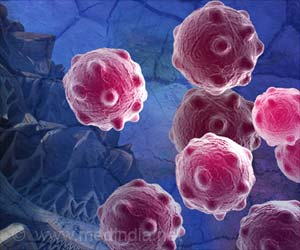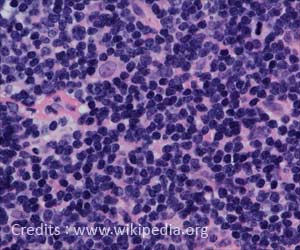
‘Genetic sequencing from biopsy can accurately predict which early-stage Cutaneous T Cell Lymphoma (CTCL) patients have aggressive form of this disease.’
Tweet it Now
"We are excited to bring precision medicine to the management of MF patients," said senior author Thomas Kupper, MD, chair of the BWH Department of Dermatology. "While more work needs to be done, we think this approach has the potential to prospectively identify a subgroup of patients who are destined to develop aggressive, life-threatening disease, and treat them in a more aggressive fashion with the intent to better manage, and ideally cure, their cancer." More than 80 percent of early-stage patients with MF will have a lifelong course free of disease progression. But patients with advanced forms of MF have a dismal prognosis, with life expectancies ranging from one-and-a-half to four years, even with current therapies. Kupper and colleagues founded the Cutaneous Lymphoma Clinic at Dana-Farber Cancer Institute in 1999, with one of the goals being to developing better diagnostic and prognostic tools for MF as well as other forms of CTCL. Since 2002, almost 900 patients have participated in a longitudinal study to follow their disease progression through biopsies and blood samples. In the current study, researchers sequenced T cell receptor genes from biopsied skin tissue at the site of lesions from more than 300 early-stage patients with CTCL, most of whom had MF. The team used high-throughput DNA sequencing, a technique that allowed them to sequence massive amounts of DNA at once, producing a snapshot of the TCRB genes from a large number of cells at the site of the lesion. The team could use this to measure "tumor clone frequency (TCF)" - the percentage of T cells that are clones of the mutated MF lymphoma T cells. An elevated TCF predicted the likelihood of progression and overall survival of patients with MF with high sensitivity and specificity.
"Under the microscope, benign T cell and MF T cells are hard to distinguish," said Kupper. "However, every T cell has a unique DNA sequence of its T cell receptor, which we can detect by high-throughput DNA sequencing. High throughput DNA sequencing and calculations of TCF allow us to make predictions that would never before have been possible. As a physician who has treated patients with this disease for decades, I am excited to be involved with work that so directly and profoundly affects the care and management of these patients."
Source-Eurekalert












